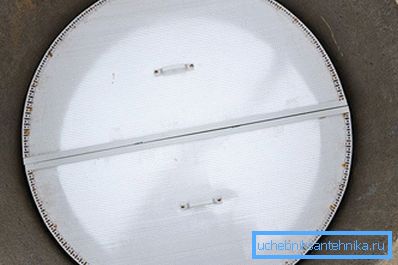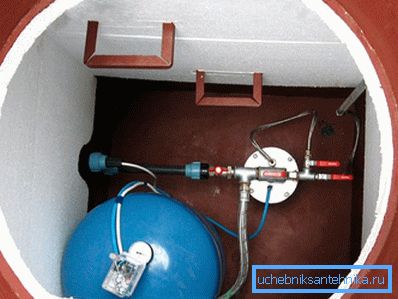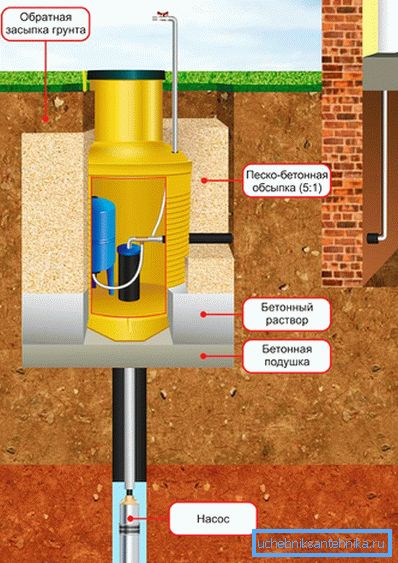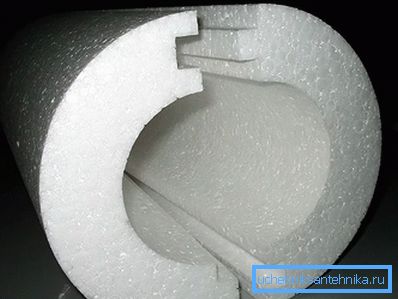How to insulate the well for the winter itself
Many users living in country houses with an autonomous water supply system are familiar with the problem of protecting it from frost penetration in the winter season. Since a classical well is usually used as a source of water in such conditions, we will tell you how to insulate it for the winter.
Solving the problem of insulation of an autonomous source (including the serving pipeline) involves consideration of a number of requirements related to the following factors:
- climatic conditions in the area of your country house;
- the depth of soil freezing at the location of the water supply system;
- source usage mode.
With relatively warm winters, the requirements for well insulation and the depth of laying of the supply pipes will differ from those for areas with severe winters.
When considering the mode of use of the well, the following options are possible:
- If you live in a house only in the summertime - most likely, the need for weatherization of the water supply system will not arise. It will be enough for you to remove all auxiliary pumping equipment and preserve it for the winter.
- If you intend to live in the house permanently, which provides for the daily need for water, then the insulation of the well is necessary, as well as continuous monitoring of its working condition.
Material selection
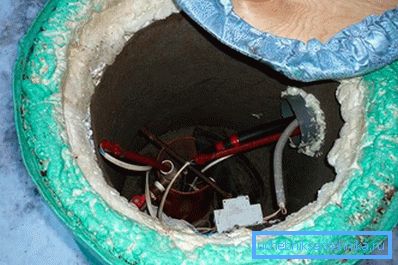
For insulation, you should purchase a thermal insulation material that provides the best result for your conditions. When choosing it, the climatic conditions of operation of the water supply system (including supply pipes) should be taken into account.
In mild climates, it is allowed to use simple natural materials such as expanded clay, sawdust, peat, which are poured around the base of the well, and then closed with a waterproofing film.
In conditions of cold Siberian winters, as well as at the location of the water supply system in the soil with a high groundwater level, more reliable materials, such as glass wool, polystyrene and basalt, will be required for insulation.
Using caisson
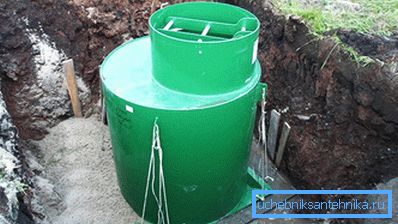
The most common option for insulating a water supply source is to prepare a special caisson for it, which is a monolithic cylindrical structure made of metal or plastic (see photo). With the help of such a protective casing, in its form resembling an overturned barrel, the part of the well that lies below the level of soil freezing closes.
For self-production of such a caisson, you can use a standard plastic barrel of the appropriate size, the installation of which is carried out in the following sequence:
- First, a hole is pulled out around the water supply system to the depth of soil freezing (its width should be sufficient for free placement of the plastic barrel).
- After that, at the bottom of the pit, a special pillow is prepared from a mixture of rubble and sand, used as a drainage for drainage of condensate into the soil.
- Then, in the bottom of the barrel, a hole corresponding to the diameter of the wellhead is cut through the caisson, and a notch for the discharge pipe is made in its wall.
- After the installation of the caisson structure on the pillow, the entire servicing water system of the equipment (in particular the pump) is connected.
- Upon completion of the connections, a layer of insulation with waterproofing is mounted on top of the plastic casing.
- The caisson prepared in this way is tightly closed on top by a lid in which a ventilation hole is prepared in advance. At the final stage of the work, the pit is filled up with previously excavated soil.
The described technique allows to insulate the well even in areas with a harsh climate (with very cold and long winters).
Use of additional casing
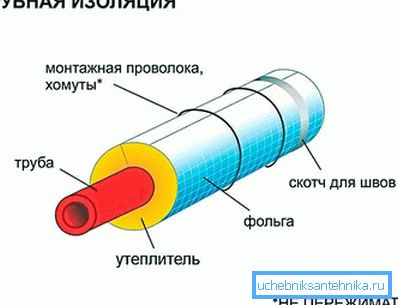
In that case, if the well is equipped with a surface type pump, for its insulation, you can use the method involving the use of an additional casing, the implementation of which comes down to the following operations:
- First, a pit is drilled around the “native” casing of the source to the required depth (as is the case with the caisson).
- Further, this pipe is closed with a layer of heat-insulating material of your choice.
- Another casing (slightly larger diameter) is placed on top of the insulation.
- Upon completion of these operations, you just need to backfill the pit.
Despite the large variety of well-known well insulation options, the methods we have considered are most suitable for independent execution. Video on the topic you can see at the end of the article.
Video
This video provides detailed information on how to choose a caisson, how to install and insulate it:
A photo
